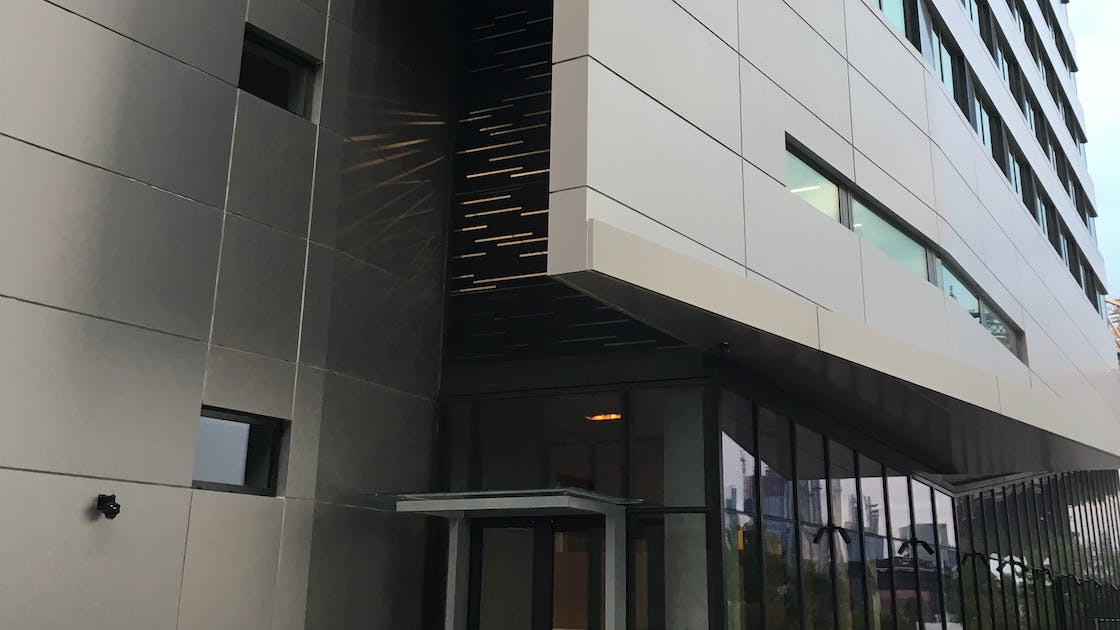The House at Cornell Tech is showing what is possible. Standing tall at 26 storeys, this residential facility for students, staff and faculty is the largest and tallest building ever built to the demanding Passive House standard. This approach to building, which was pioneered in Germany, maximises the use of passive measures (or solutions) to reduce the energy needed using insulation in the design of the building. Strict limits on energy use for heating, cooling and thermal comfort are applied as criteria, in order to place the focus on efficiency first. High-quality insulation is central to passive construction, creating an optimal indoor climate by minimising the need for active heating and cooling.
In The House, architects exclusively used ROCKWOOL stone wool products. A 280mm thickness of CAVITYROCK® semi-rigid insulation boards as well as AFB® and ROCKBOARD® are used to wrap the building in an insulated blanket. And as well as helping The House meet the Passive House standard, non-combustible stone wool provides the acoustic insulation and fire safety that is essential in multi storey residential buildings.












